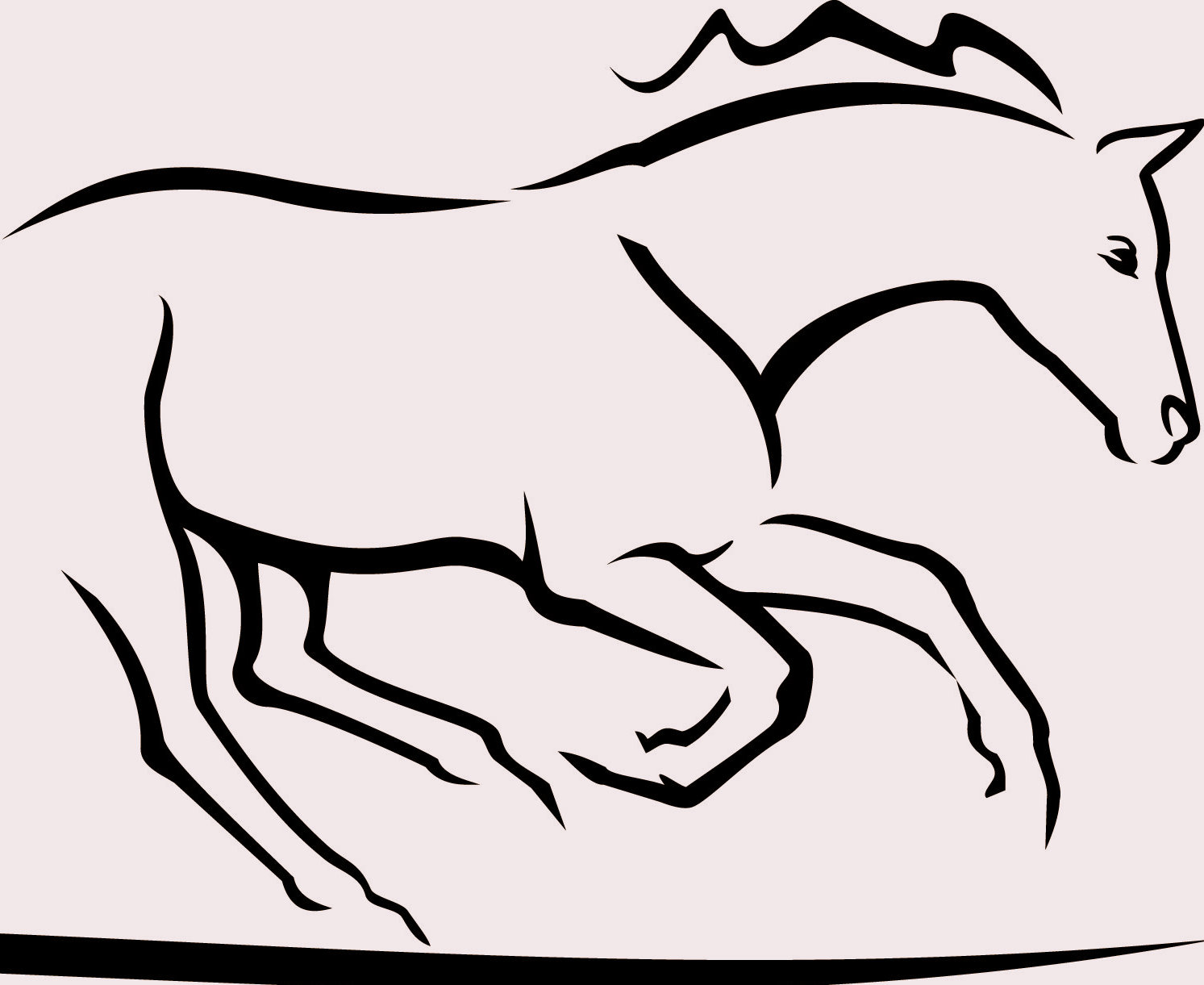
In sport horses, stifle lameness is an important cause of loss of use. But diagnosing problems in this hind limb joint is no easy task due to its location and complexity.
Some veterinarians and researchers have proposed using computed tomography arthrography (joint evaluation) to evaluate the stifle joint. So Sarah Puchalski, DVM, Dipl. ACVR, associate professor of surgical and radiological sciences at the University of California, Davis, School of Veterinary Medicine, traveled to the Netherlands to study this technique. She shared her findings at the 2013 American Association of Equine Practitioners convention, held Dec. 7-11 in Nashville, Tenn.
"(The stifle's) multiple intercapsular soft tissue structures are complex," Puchalski began. "If any of them are injured, it can cause lameness."
Diagnosing stifle lamenesses typically requires anesthesia and an imaging technique such as radiography, ultrasound, or nuclear scintigraphy. However, none of these methods are without flaw.
"Radiographs are insensitive, ultrasound is very useful but limited to certain portions of the body, and scintigraphy can be useful but is also very insensitive," Puchalski explained.
Computed tomography (CT) is an imaging method that uses X rays to produce cross-section images of the body. Scanning large body parts on horses can be difficult, and a special CT table design is required to evaluate an equine stifle. Lingehoeve Diergeneeskunde, a veterinary clinic in Lienden, the Netherlands, however, owns a CT scanner capable of scanning horses' upper limbs. Puchalski worked with Erik Bergman, DVM, Dipl. ECAR, a practitioner there, to perform her stifle lameness study.
In the retrospective study, she evaluated records from 137 lame horses that underwent CT arthrography of 141 stifle joints from 2006 to 2013. Because Warmbloods are the most common horse seen in that region and hospital, they comprised the majority (111) of the study population. The average horse age was 8, average lameness grade was 2.1 (on a 0-5 scale, with 0 being sound and 5 being unable to bear weight), and average lesion number was three per stifle.
On CT, Puchalski said, they observed :
Puchalski noted that several of these abnormalities, such as those involving the cruciate ligaments, are characteristic of the Warmblood population. She said the combinations of lesions that horses had was important, and that horses with more lesions typically had higher lameness scores. "However, there are some lesions we still don't know the significance of," she added.
In conclusion, she said CT is an important method for diagnosing stifle lameness. The downside is that it's equipment-dependent.
Her practical take-away from the study is that if a horse with stifle lameness has a negative or mildly abnormal stifle ultrasound and radiographs, consider that other lesions might be present that these imaging methods do not reveal and, if possible, pursue other diagnostic options.


Other Articles
Diagnosing And Treating Equine Neck And Back Pain
Fossil Evidence Of Laminitis In Ancient Horses
Hoof Anatomy: Outer Structures
Hoof Angles' Impact On Lameness Examined
Hoof Cracks: Types And
Treatment
Hot Topics In Horse
Care: Horse Hoof Biomechanics
Lameness Head To Foot: Lower
Limbs
MRI Diagnostics: Uses And Limitations
MRI To Evaluate Suspensory, Sesamoid Injuries
Physical Exam Of The Horse Hoof
Prepurchase Exams: A Health Care Must

Dr. Krystyna Stoffel, D.V.M.
651.226.6862
Nick Stoffel,
Farrier
651.270.1044
13014 265th Street, Welch, MN
55089
Contact Stoffel Equine Veterinary Services
Request An Appointment
with Stoffel Equine

Stoffel Equine is an ambulatory, equine exclusive veterinary practice focusing on lameness and performance issues.
We are dedicated to preventing, diagnosing and treating injuries and ailments of equine athletes. We provide customized services and care unique to your needs.
Stoffel Equine, brings the veterinary clinic to your front door, equipped with the latest equipment and technology. We diagnose and treat lameness problems on your farm with the portable, stall side, digital x-ray and ultrasound. This equipment provides immediate diagnosis of any abnormalities.
Our portable shockwave machine, also provides immediate treatment for soft tissue and some joint disease.
Our goal is to enhance your horse's quality of life.
Please contact us for more information, or to schedule
an appointment.
© Copyright 2011
Stoffel Veterinary Services